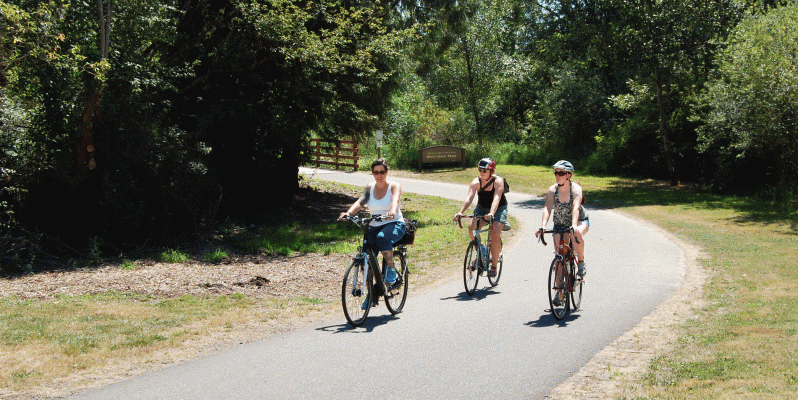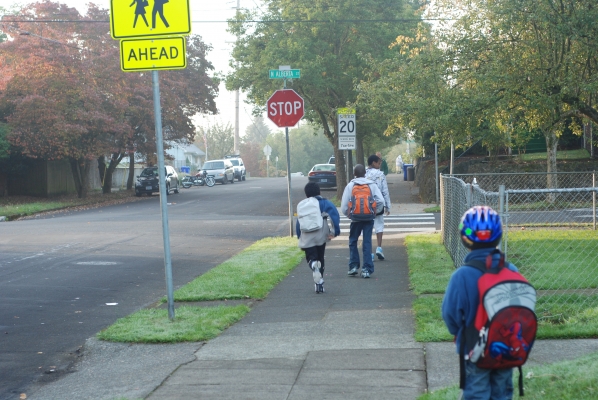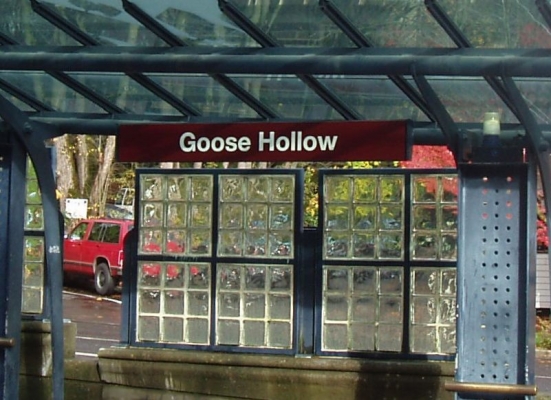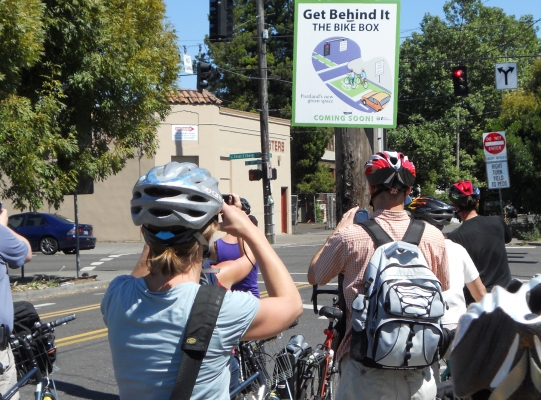Alex Bigazzi, a 2014 NITC dissertation fellow and graduate of Portland State University's Civil and Environmental Engineering Ph.D. program, has published a paper based on his NITC-funded research in Environmental Science & Technology, a journal of the American Chemical Society (ACS).
See ACS coverage of the project here.
Bigazzi's research evaluates the concentration of air pollution encountered by cyclists in Portland, Oregon.
In the study, volunteer research subjects rode bicycles equipped with instruments to collect high-resolution bicycle, rider, traffic and environmental data.
Participants rode a variety of routes including bicycle lanes on primary and secondary arterials, bicycle boulevards, off-street paths and mixed-use roadways. They were told to ride at a pace and exertion level typical for utilitarian travel, and breath biomarkers were used to record the amount of traffic-related pollution present in each cyclist’s exhalations.
This research was the focus of Bigazzi's dissertation, Bicyclists’ Uptake of Traffic-Related Air Pollution: Effects of the Urban Transportation System, published by NITC in December 2014. It was related to an earlier project...
Read more





